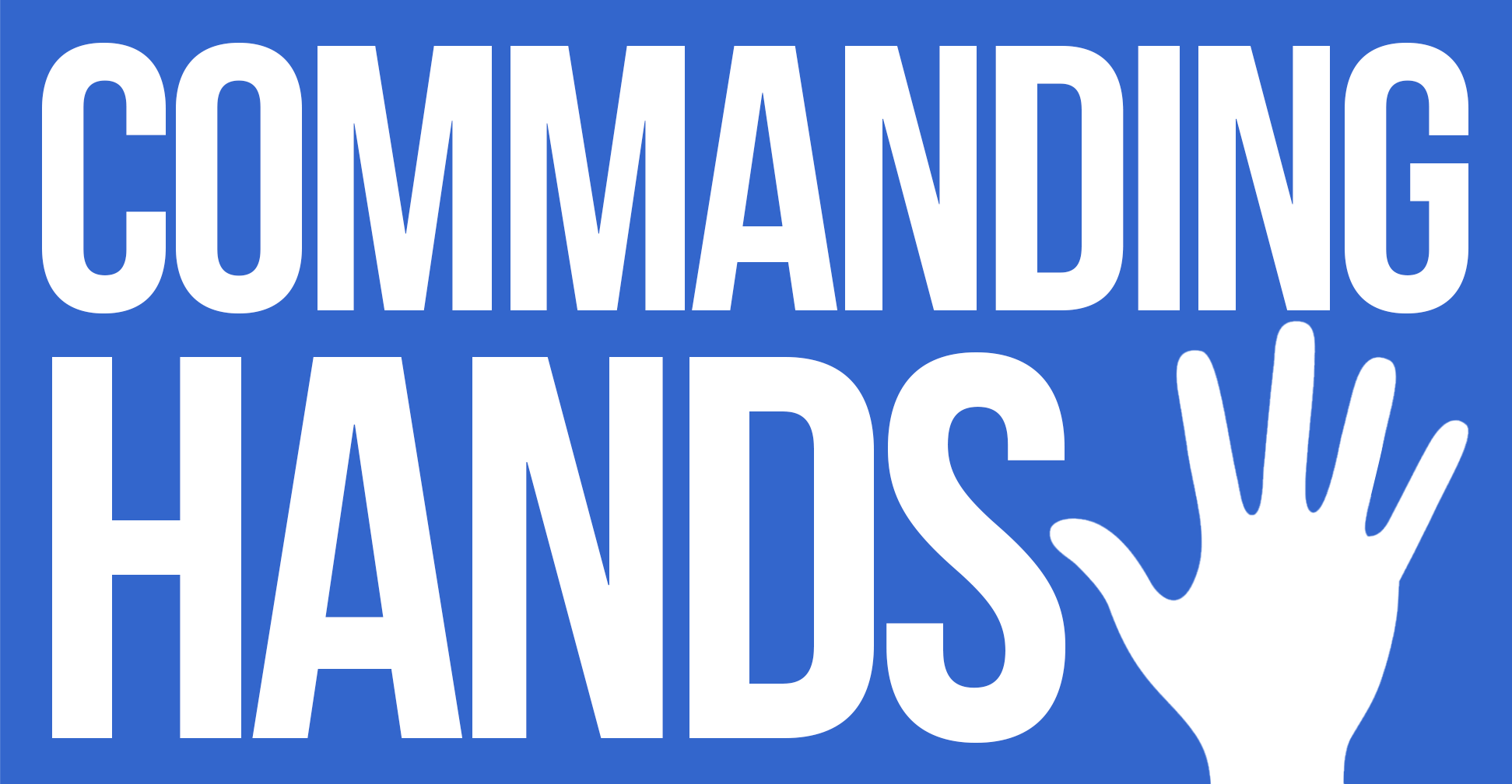
Deaf people often face communication barriers but you can make a difference. Here’s some tips on how to become more deaf-friendly and deaf aware.
Before reading these tips, it’s important to understand that there is no substitute for offering a qualified BSL interpreter. Deaf people have a right to access information in full. Therefore for any pre-arranged or formal setting please ask the person what they prefer and make any adjustments required.

- Learn some basic British Sign Language (BSL).
Learning some basic vocabulary and signing what you know will help put conversations into context. - Get their attention.
A wave or gentle tap on the shoulder is acceptable. - Check the lighting.
Turn on lights and avoid standing in front of windows. - Reduce background noise.
Turn down the TV or music. Moving somewhere quieter may also help depending on the situation. - Don’t cover your mouth or mumble.
It’s important your lip patterns are clear and visible. In a group, remember to keep your face visible to the deaf person. - No need to shout.
A normal volume is fine but speak in the direction of the deaf person. - In a group, speak one at a time.
Understanding one voice may be a challenge, if people start speaking at the same time it’ll be almost impossible for the deaf person. - Be patient and understanding.
If you become frustrated, your facial expression will show it and it isn’t fair for anyone involved. - Re-phrase what you said.
Try another way of it. Some words are especially difficult to lip-read so try to use plain language where possible. - Confirm they have understood you.
If it’s important information such as prices, dates or times, write down that information to avoid confusion.
